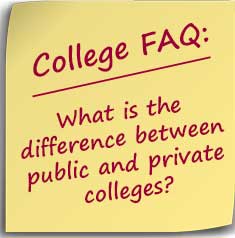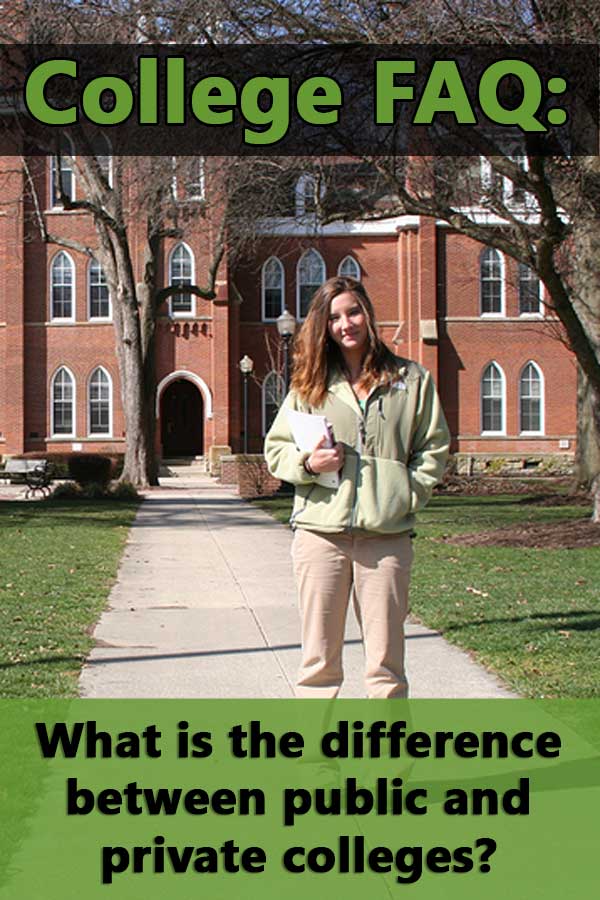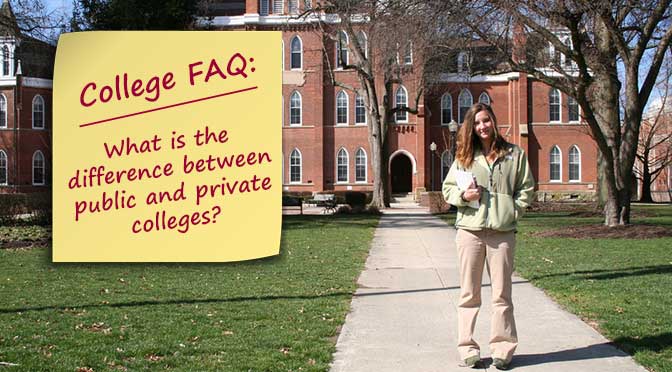 Families need to understand the difference between public and private colleges because of the differences in prices and financial aid.
Families need to understand the difference between public and private colleges because of the differences in prices and financial aid.
Public institutions are colleges that operate under the ultimate control of a state or local government (there are some exceptions). These colleges receive a significant amount of their budgets from state appropriations although the amount has been dropping over the years.
Public Colleges Receive Public Funding
Since state residents are subsidizing the school’s costs, tuition for in-state students is lower than that for out-of state students. The additional tuition charged to out-of-state students is usually much more than the state actually provides in subsidies. Therefore, out-of-state public universities generally don’t make sense financially.
Some public universities will offer scholarships to out-of-state students to attract highly qualified students. However, the most prestigious public universities rarely offer scholarships or financial aid to out-of-state students.
Private College Charge Residents and Non-Residents the Same Price
Private colleges and universities are controlled by a board of trustees and do not receive direct funding from the state. However, students attending the institution may pay for it with public financial aid. Private colleges usually charge 2 to 4 times the tuition of public institutions. There is no difference in tuition between in-state and out-of-state residents.
While private colleges have a much higher sticker price than public institutions, they also generally offer more generous financial aid. On average, a much higher percentage of freshman receiving institutional grants at private schools than at public schools. Private colleges are also more likely to meet the financial need of students. Few students actually pay the sticker price at private institutions.
Private colleges will often have lower student to faculty ratios than public universities. Because of overcrowding, students at some public universities are finding it difficult to register for classes needed to graduate on time. Ultimately, since financial aid can vary dramatically among both public and private institutions, families need to target schools most likely to meet their needs.



4 thoughts on “FAQ: What is the difference between public and private colleges?”